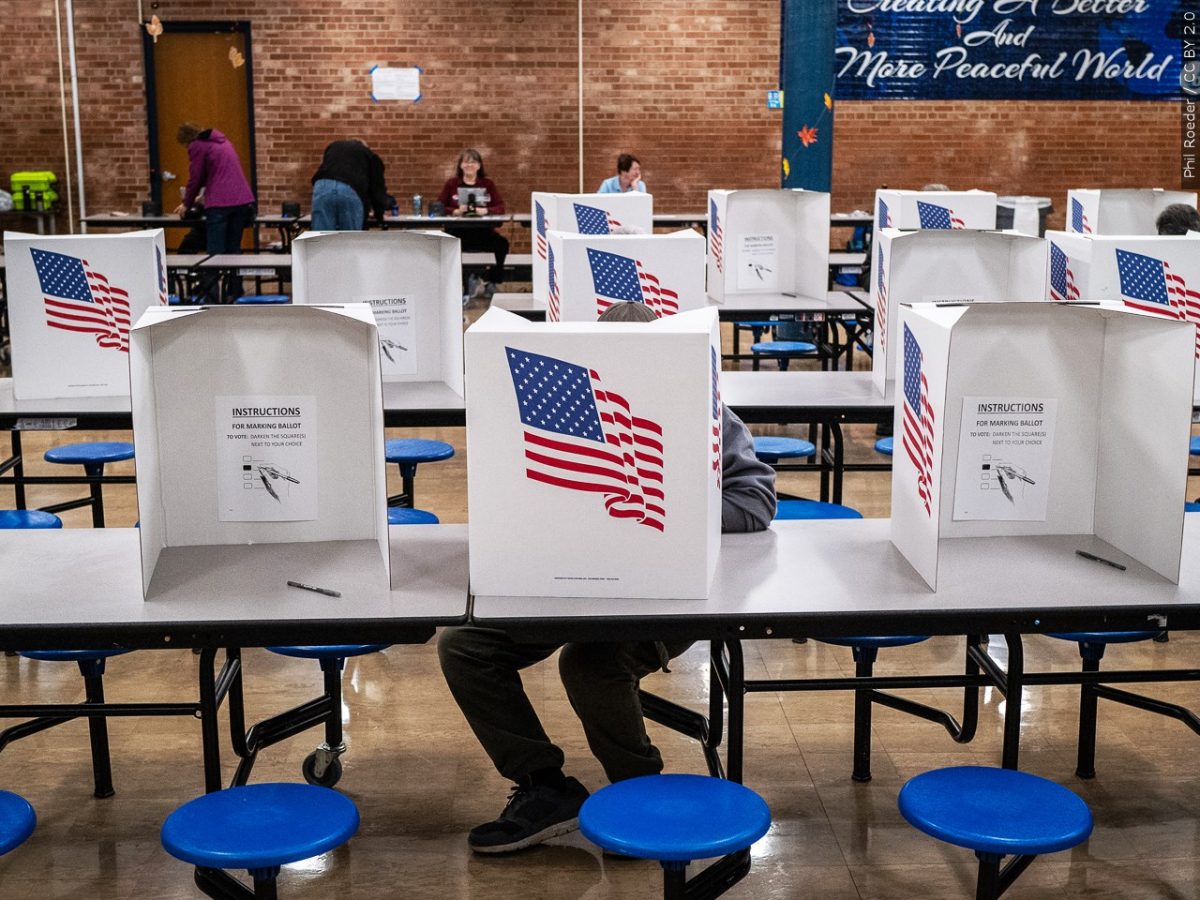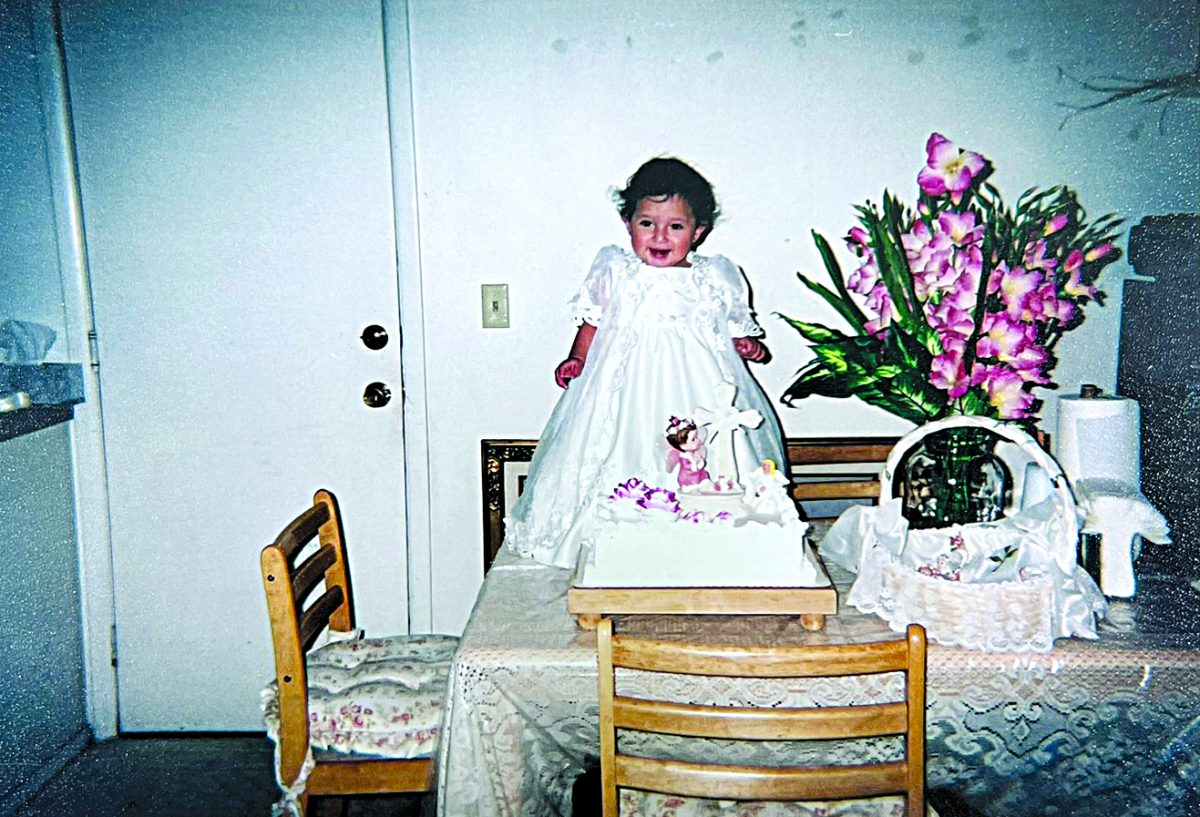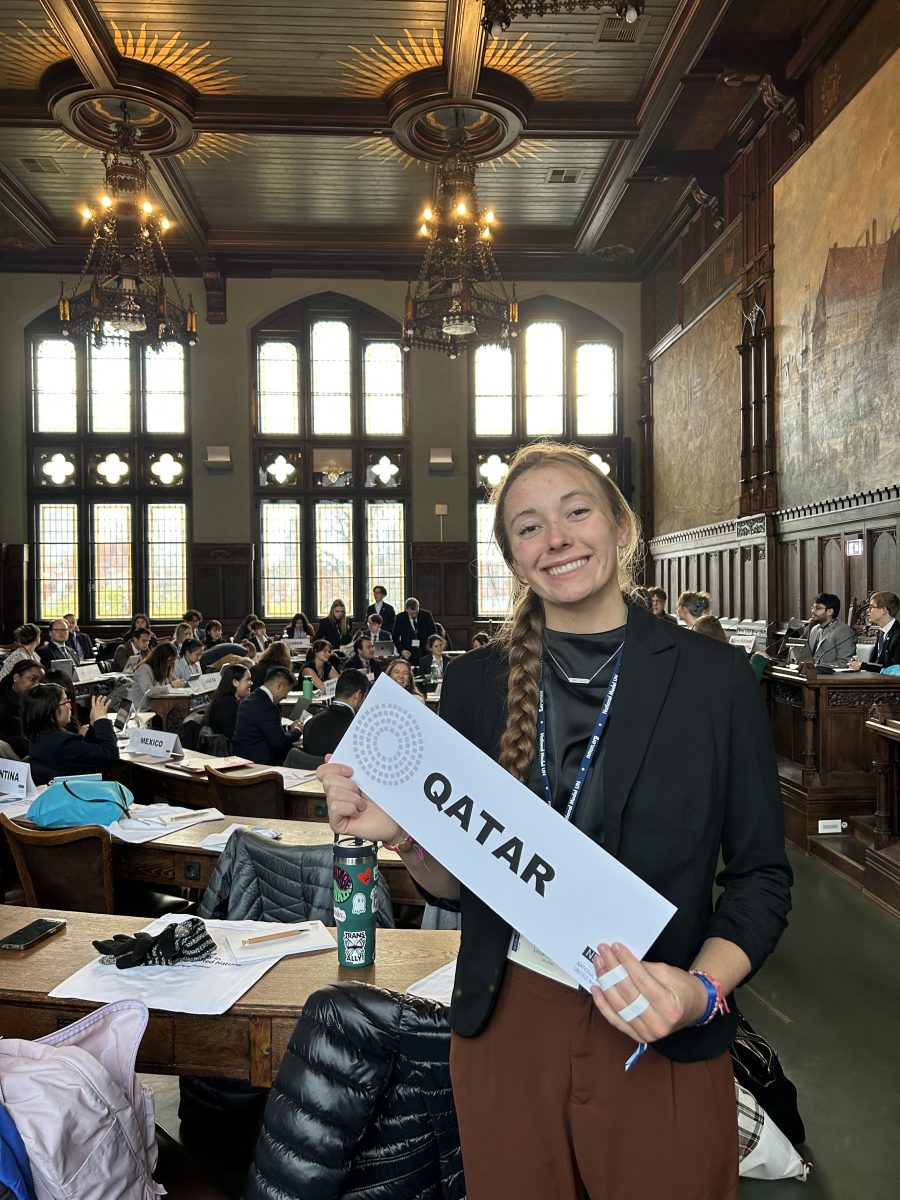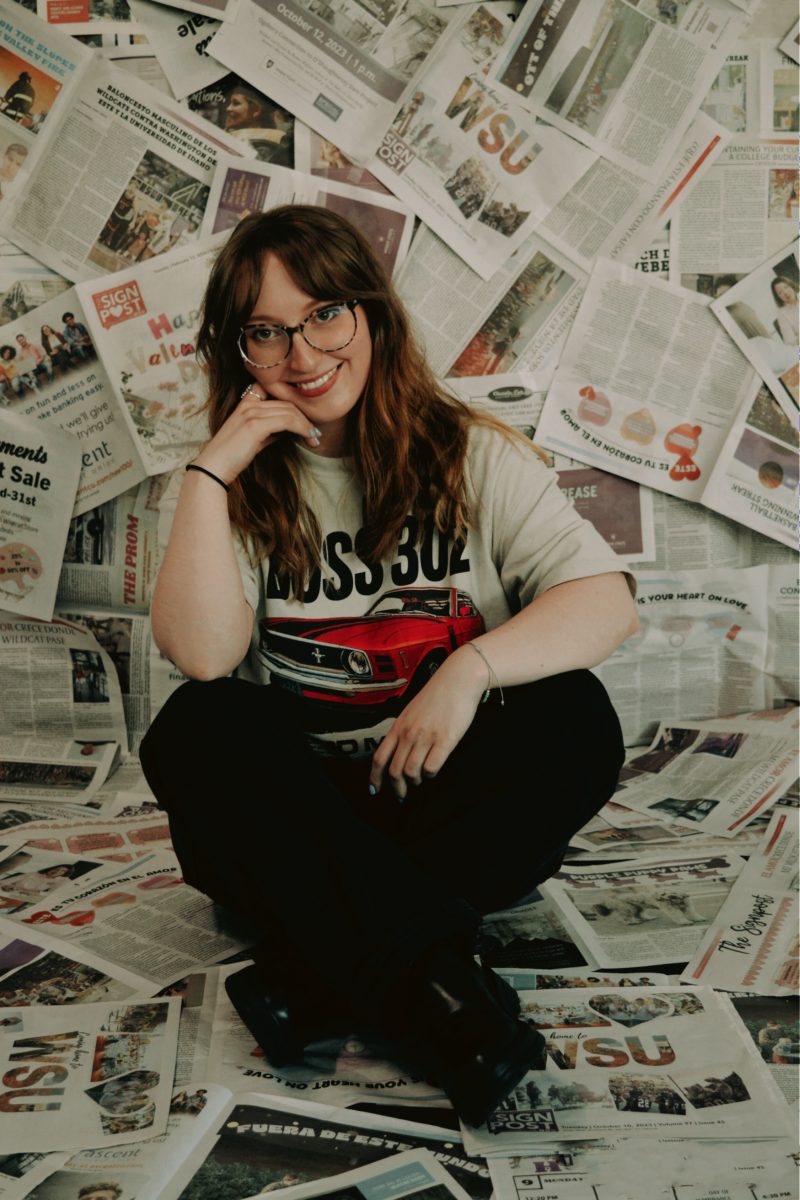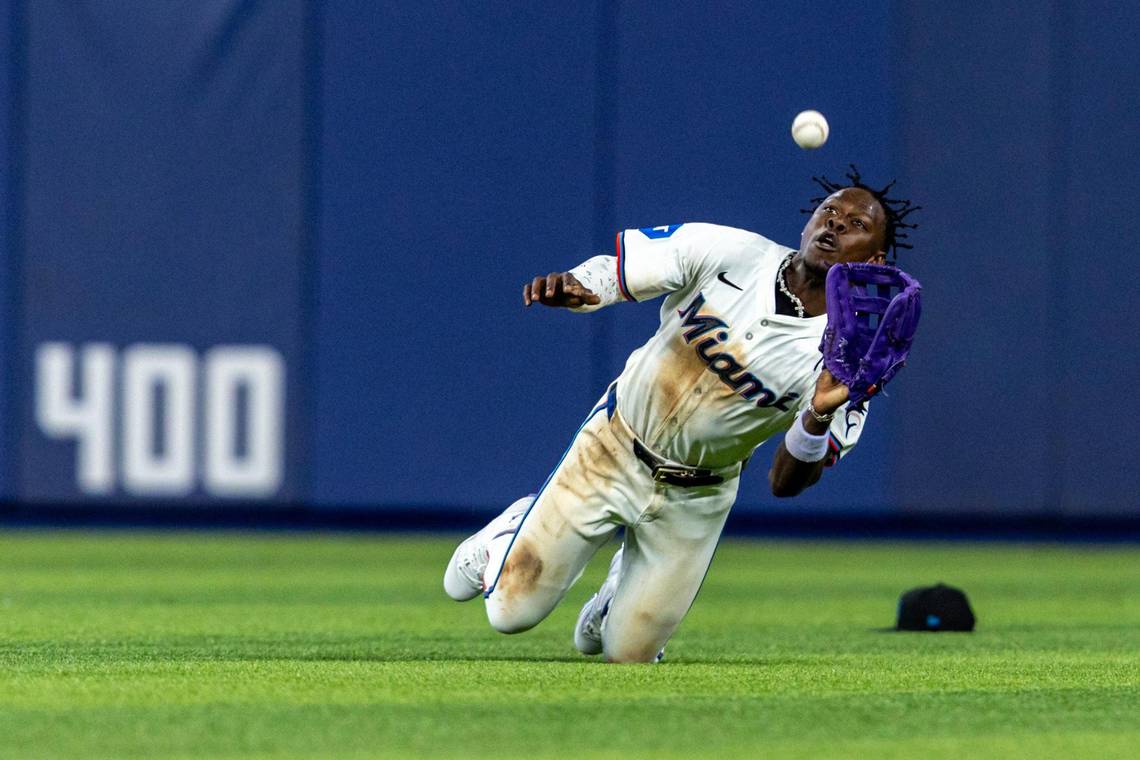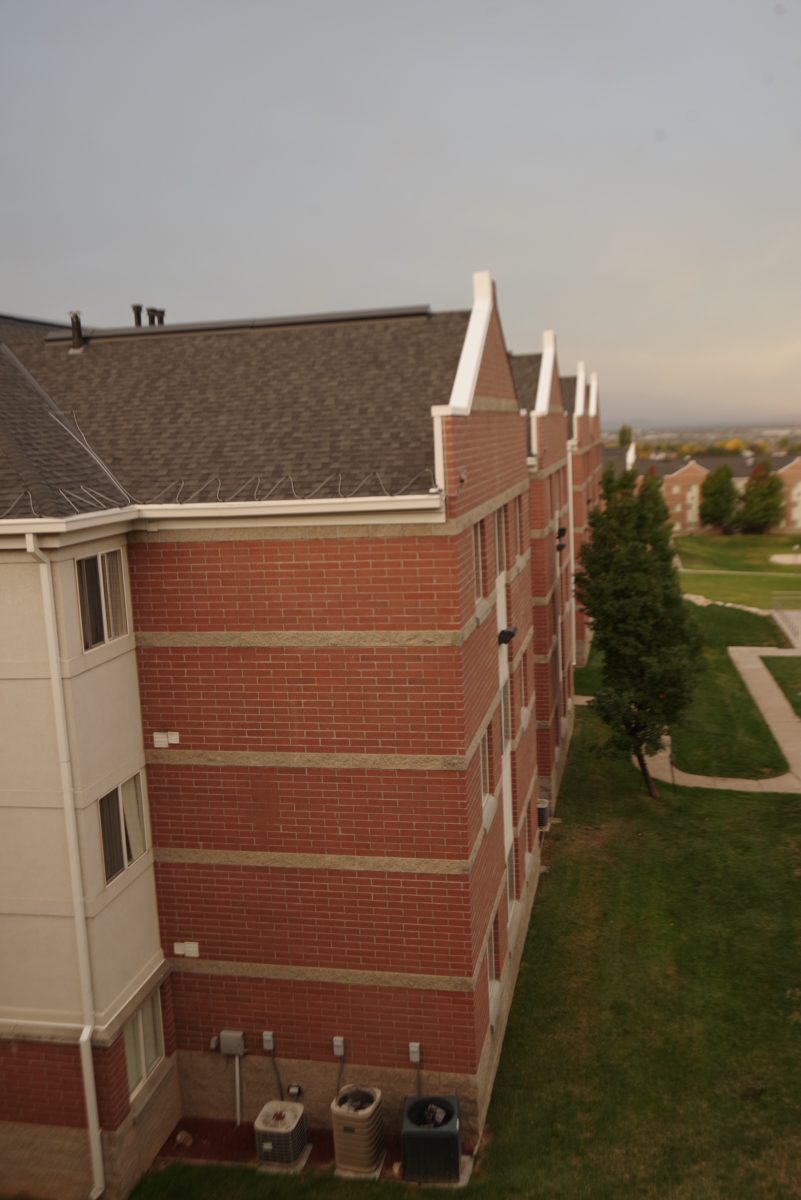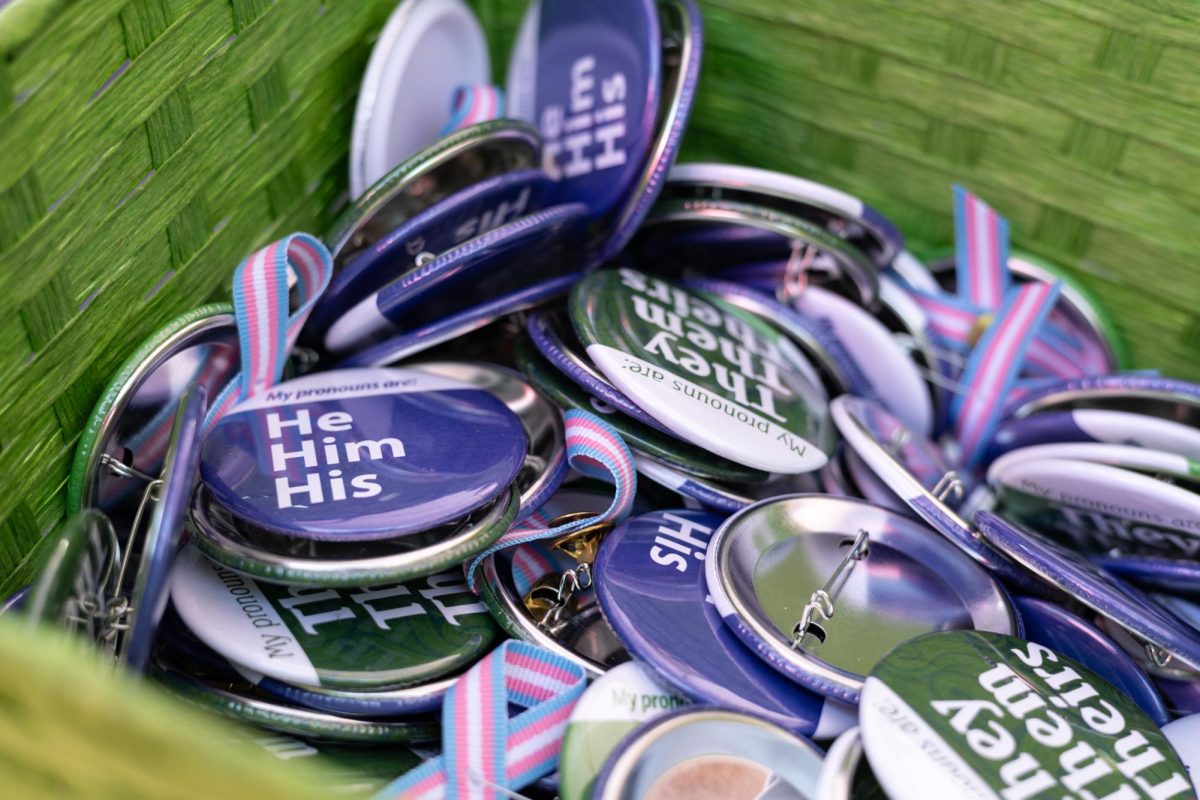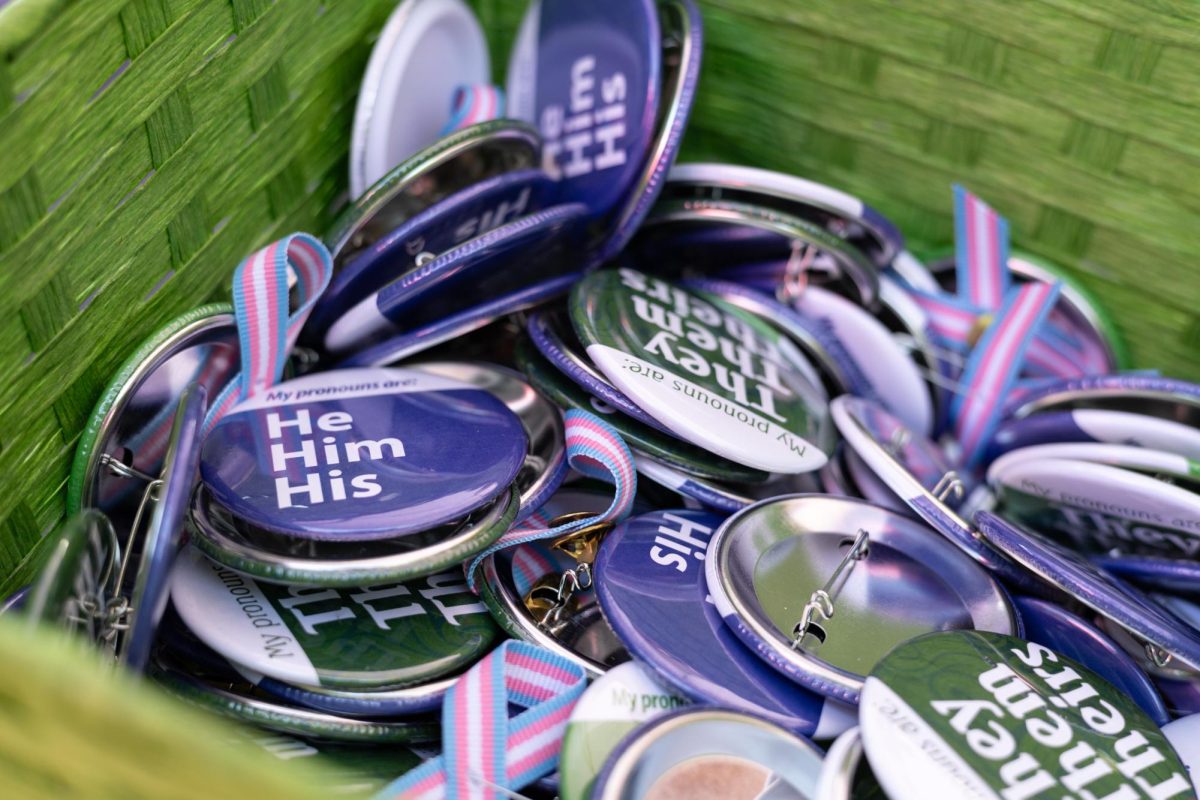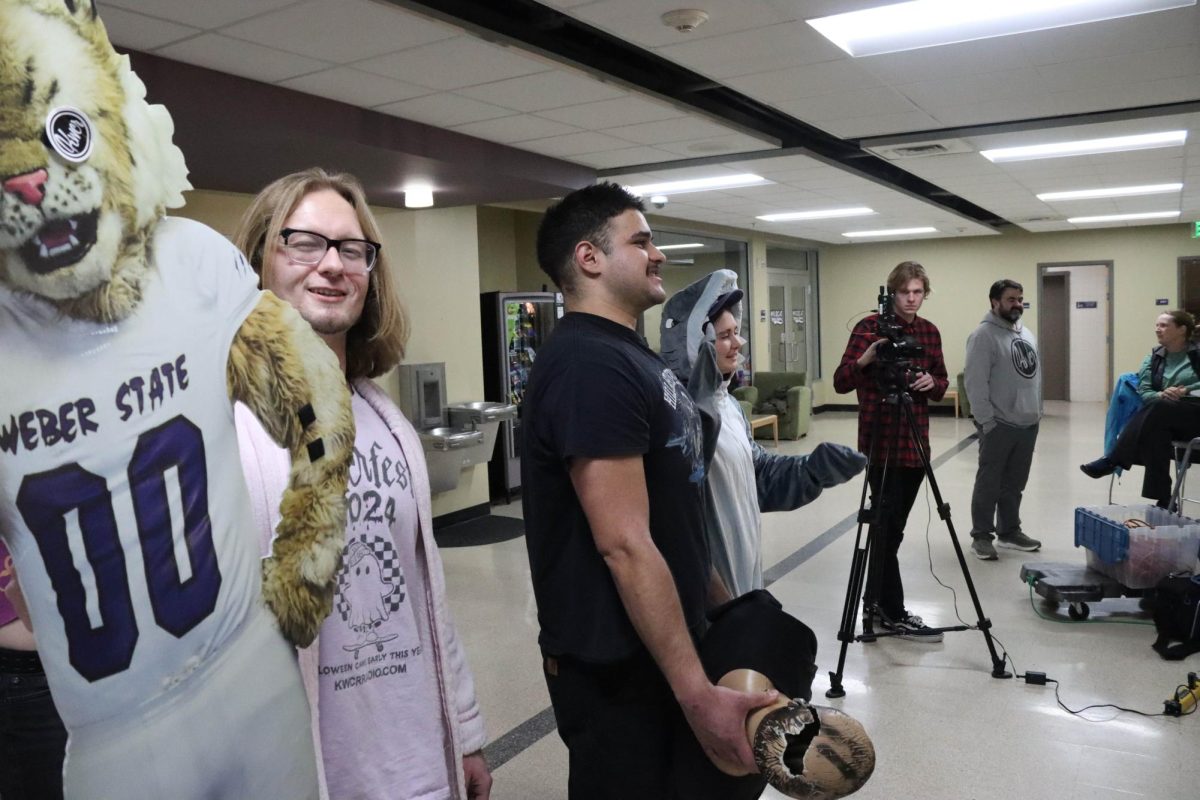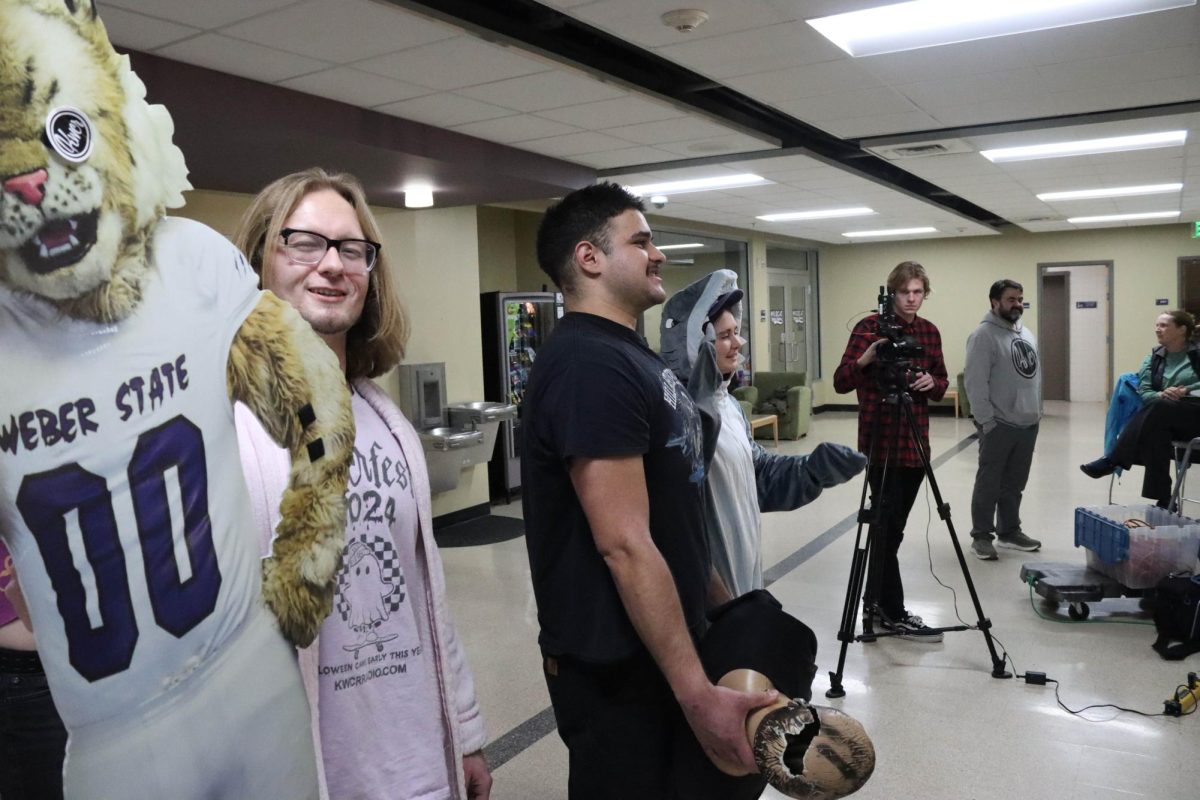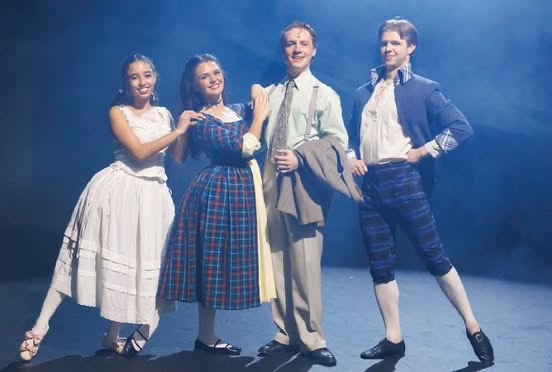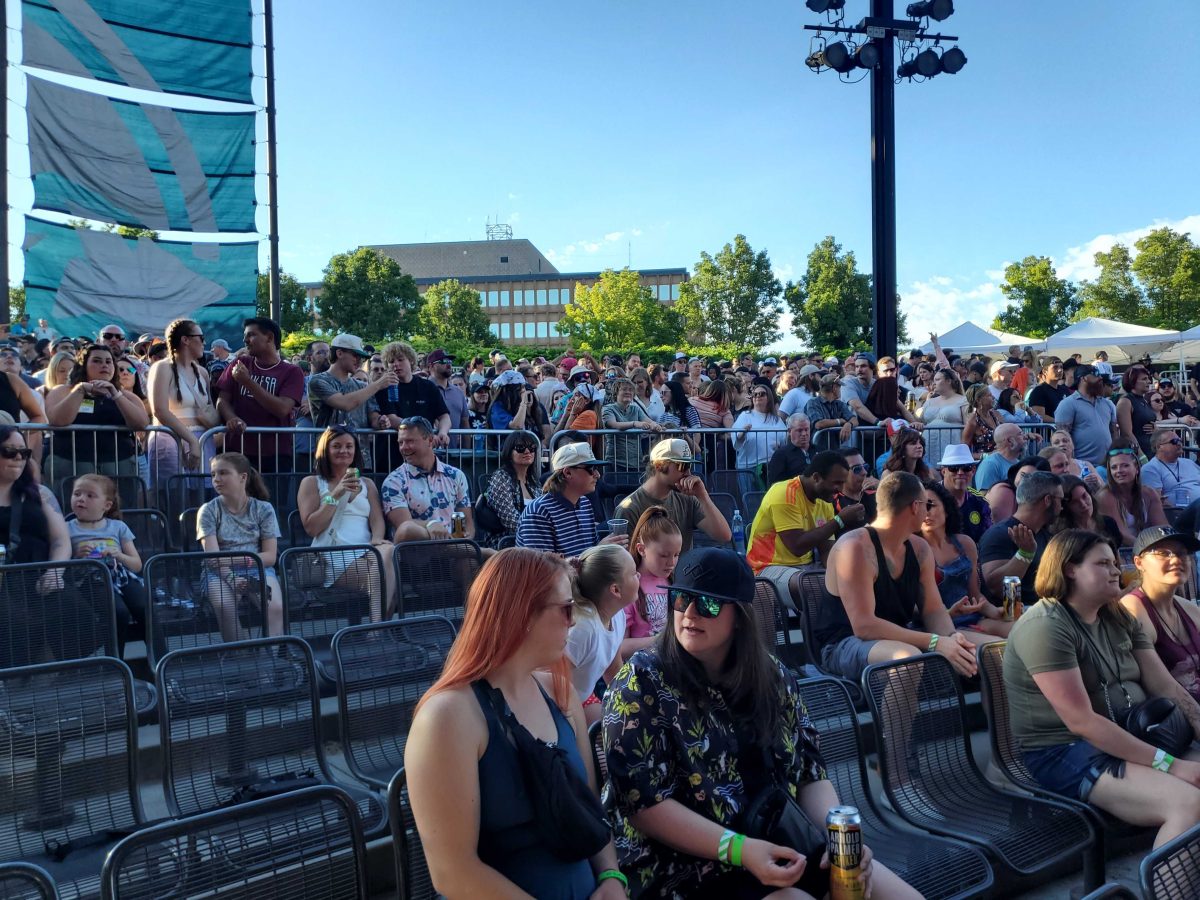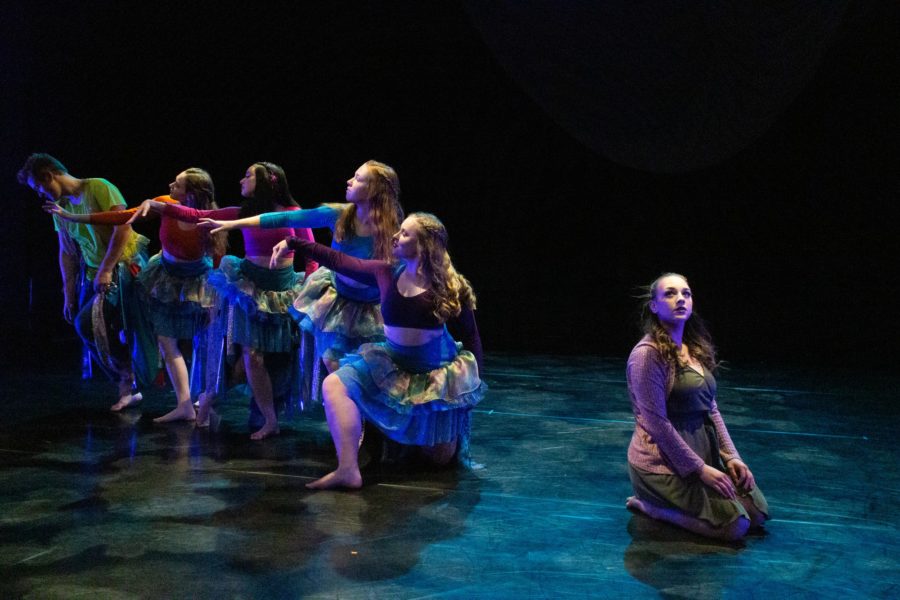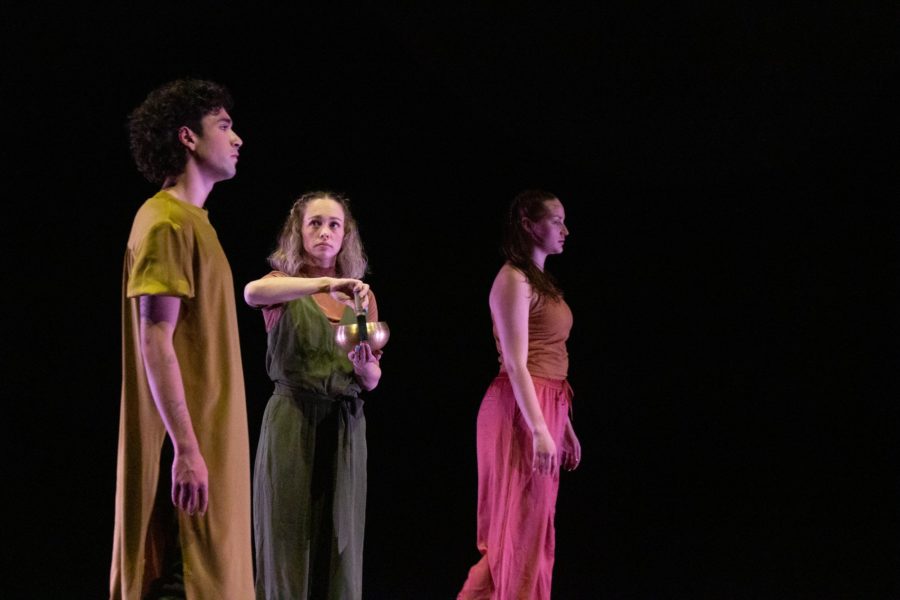Ogden played host this weekend to the largest outdoor gathering of a capella groups in America at A Capellastock 2011. Many student music fans might be unfamiliar with the musical genre, however, outside of liking Andy Bernard on The Office or owning one of those singing, electronic fish on a plaque. For those students who would like to know a little bit more, here is a summary as to what a cappella music entails.
A capella music, as we know it, began, like most musical styles, as part of religious ceremonies, with heavy roots in Jewish, Christian and Islamic traditions. The earliest known written instances of a capella come from the Gregorian chants of monks (think Monty Python and the Holy Grail).
Madrigals were choral works written during the Rennaisance that were technically disallowed by most European ruling powers because of their secular nature. This was the original indie rock. If you think that today’s music has too much sex in it, you should read the words to some of these old songs. Lots of nymphs rolling around in the grass with shepherds, that kind of thing (basically what John Mayer sings about).
The style was utilized mainly in choral music until, just like Ultimate Frisbee and being opinionated, it was taken over by college students. These days, it seems like every school has a merry tribe of sweater-vested students who do arrangements of Journey songs under names like “Harmon-easy,” “Chordless,” “Forte-tude” or, in the Ivy League tradition, “The Yale Pretentionaires” (legal note: all proposed a cappella group names are hereby the intellectual property of the writer, in the event that they are one day profitable. Also, “Spectacu-legato”).
Recent TV offerings have made the style more popular in recent years. Glee, a laugh-a-minute musical romp on FOX Network, finally gave a voice to future theater majors who desperately need attention by portraying a completely normal high school show choir that does arrangements of Lady Gaga songs and performs regularly in NYC’s Times Square. NBC’s The Sing-Off gives a capella groups around the country a chance to be voted on by 14-year-old girls, who will decide via text whether their group outfits are cute enough for them to continue in the competition.
Seriously, though, there is some great a capella music out there. Especially in Utah, where the genre has a lot of fans, there are groups like T minus 5, a Weber State University-bred group who annually play host to A Capellastock, Eclipse, Voice Male and Octapella.
Nationally, the style was originally made popular by groups like the Hi-Los, Manhattan Transfer, the Swingle Singers, the Nylons and the King’s Singers. Some of these groups are still performing to sold-out audiences.
For students interested in learning about the genre, any of the above groups would be great to check out. Experts agree that the best groups, or at least the most innovative, are Take 6, a group that pulls heavily from gospel and jazz stylings; Singers Unlimited, who were some of the first to play with multi-track voice recordings (where four voices are multiplied to many more parts), and the Real Group, a Swedish team that performs and blends immaculately.


